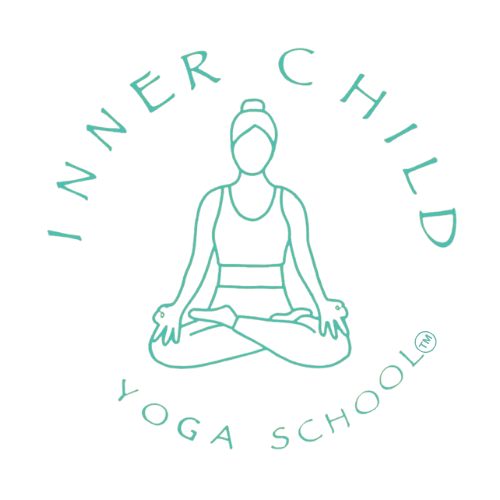Creating a Mindful Preschool Classroom - Weaving Yoga Techniques with the EYFS Framework
In today's fast-paced world, fostering mindfulness in young learners has become more important than ever. By introducing yoga techniques into a preschool classroom and aligning them with the Early Years Foundation Stage (EYFS) framework, educators can create a nurturing environment that promotes holistic development, emotional well-being, and a love for learning. Let's explore how to set up a mindful preschool classroom that combines the benefits of yoga with the principles of the EYFS.
1. Embrace Mindfulness and Yoga:
Mindfulness is the practice of being present in the moment and cultivating awareness of thoughts and feelings. Yoga, on the other hand, offers a combination of movement, breathing, and relaxation techniques that promote physical flexibility and mental calmness. Introducing yoga into your preschool classroom provides an engaging way to teach mindfulness to young children. If your not sure where to start why not join my resource bank or invest in my handbooks full of lesson plans, printable sand child safe poses.
2. Design a Calming Space:
Create a dedicated area within your classroom that serves as a peaceful retreat. Use soft colors, cushions, and mats to establish a serene environment. Display visuals of nature scenes, calming colors, and images of animals in yoga poses to create a tranquil atmosphere. You can download my FREE Printable Calm Corner here.
3. Integrate Yoga Poses:
Incorporate simple yoga poses into your daily routine. Choose poses that resonate with children's imagination and are safe for their developing bodies. For example, Downward Dog can become "Stretching Puppy Pose," and Child's Pose can transform into "Resting Turtle Pose."
4. Incorporate Breathing Exercises:
Teach preschoolers age-appropriate breathing techniques, such as "Bubble Breaths" or "Flower Breaths." Encourage them to take slow, deep breaths while pretending to blow bubbles or smell imaginary flowers. These exercises help them regulate their emotions and build self-awareness. Find more child appropriate breathing techniques in my resource bank.
5. Align with the EYFS Framework:
The EYFS framework emphasizes seven areas of learning and development, including Communication and Language, Physical Development, and Personal, Social, and Emotional Development. Incorporate yoga and mindfulness activities into these areas to promote well-rounded growth.
- Communication and Language: Use storytelling during yoga sessions to encourage listening and language development. Ask children to describe how they feel after performing different poses.
- Physical Development: Yoga poses enhance gross motor skills and physical coordination. Incorporate animal-themed poses to make it engaging, such as "Flapping Butterfly Wings" or "Jumping Frog Pose."
- Personal, Social, and Emotional Development: Yoga helps children develop emotional resilience, self-confidence, and social skills. Encourage them to work together in partner poses, promoting cooperation and teamwork.
6. Mindful Transitions:
Incorporate short mindfulness breaks throughout the day, especially during transitions. These moments of focused breathing or a quick stretch can help children shift their attention and calm their minds.
7. Parent Engagement:
Extend the mindfulness practice beyond the classroom by involving parents. Share simple yoga poses and breathing exercises that families can do together at home. This reinforces the benefits of mindfulness in various environments.
By combining yoga techniques with the EYFS framework, educators can create a mindful preschool classroom that nurtures the overall well-being of young learners. As children develop their physical, emotional, and social skills, they'll carry the practice of mindfulness and the joy of yoga with them throughout their educational journey and beyond.
